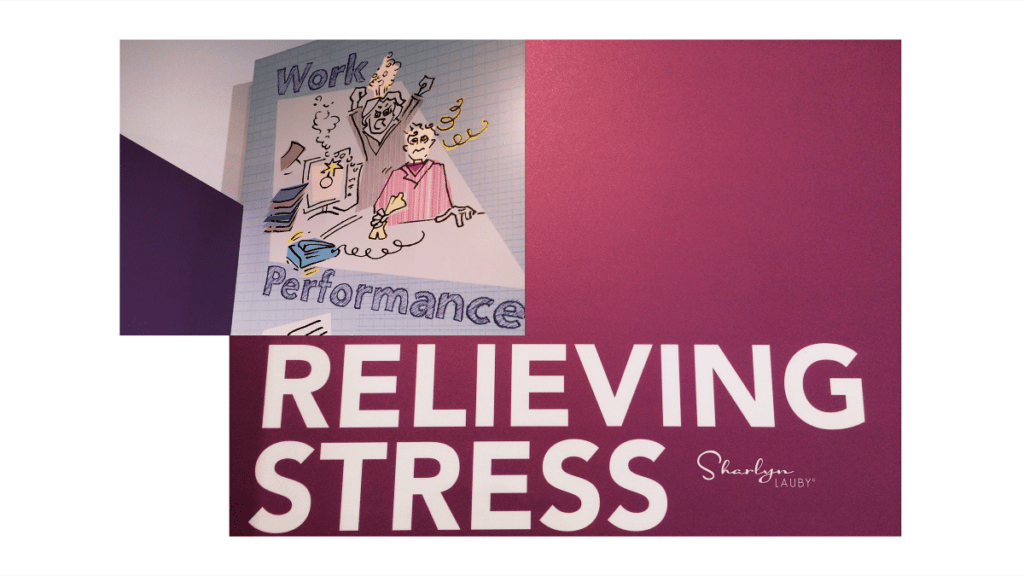Estimated reading time: 3 minutes
Employee burnout is an organizational issue…not a personal one. That was the message during this year’s Society for Human Resource Management (SHRM) annual conference according to Shari Harley, founder and president of Candid Culture.
I’d like to believe that organizations realize burnout happens. The reasons for employee burnout include lack of role clarity, not having enough resources, stress of unreasonable work demands, and a shortage of communication. I also want to believe that organizations understand burnout is expensive. When employees are experiencing burnout, it could translate into lower productivity, increased need for retraining, declining employee health and wellbeing, and turnover.
One of the things that Harley reminded me during her session was that sometimes employees are reluctant to admit that they are experiencing burnout. Instead, they might refer to it as being “distracted” or “exhausted”. And we might mistakenly assume that this is a personal issue the employee needs to address instead of an organizational issue.
Harley went on to say that the root cause of burnout is in how employees are managed and outlined five areas of focus for organizations wanting to address the issue.
PRIORITIZATION: Organizations need to recognize that burnout is an issue and be prepared to allocate resources toward addressing the stress. And I don’t mean yoga classes, pizza parties, etc. Don’t get me wrong, there are days when a taco or a little retail therapy makes me happy, but that’s not what burnout is about. We’re talking about creating connections.
FLEXIBLE WORK: Let’s not confuse the debate between onsite and remote work with flexible work. Flexibility can be defined many ways. Sure, it can be where the work is done. But it can also be about what time the work gets done. Flexibility can also be about who does the work. We talk a lot about agility being a key to business success. Giving employees flexibility might be a way to address it.
COMMUNICATION: This includes meetings. Employees need clear and concise communication in a timely fashion. It helps them understand performance expectations, priorities, deadlines, and where to go if they have questions. Employees should also receive regular communications about their benefits. That way, if they need help, they can get it.
MANAGER TRAINING: Speaking of communication, managers are often the first source of information for employees. Managers should be able to communicate what’s going on within the company, organizational goals, and how an employee’s performance aligns with it. They should also know how to react when an employee shares that they’re feeling the effects of burnout.
CHANGE MANAGEMENT: I really loved a comment that Harley made about organizational change. She said that every company has a “pace of change” baked into their culture. It’s so true. As organizations are thinking about change – and all the stresses that come with change – consider the company’s pace of change in the implementation strategy. Make sure employees know not only the change that’s being made but the company’s pace for getting it done.
I’m sure you’re reading the same headlines I am about current business volatility. That can translate into burnout because organizations are under pressure to deliver, and employees aren’t getting their needs met. Now is the time to proactively address issues that could lead to employee burnout.
Image captured by Sharlyn Lauby while exploring the streets of Fort Lauderdale, FL
The post Employee Burnout Is an Organizational Issue – HR Bartender appeared first on hr bartender.



0 Commentaires